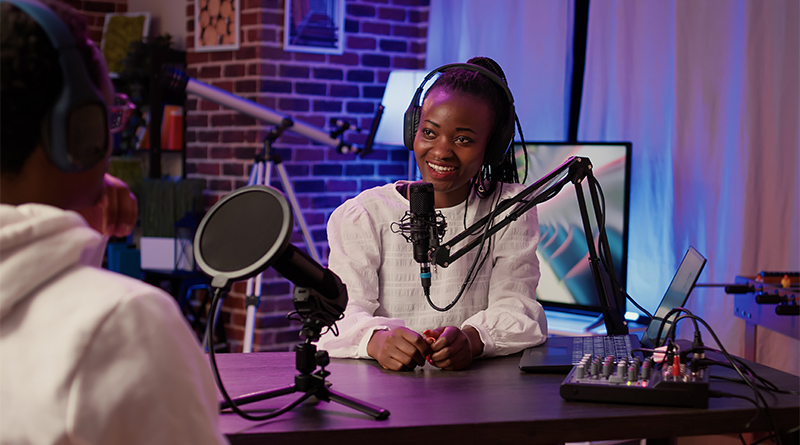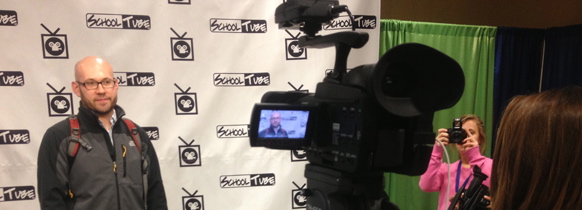Six steps to help provide some structure to your podcast publishing process

When our high school news publication, 42Fifty, became a convergent media publication, podcasting quickly became a popular medium for our student journalists to explore. Since 2017, students’ experience in pitching, developing, and editing podcasts has taken some of the turns one might expect in the evolution of a student publication staff: some years have been lean, and some have been incredibly rich. As the adviser, I wanted to develop a system for students to teach each other the basics of production without hindering the unique talents of each podcast journalist. What has evolved to support student production is the 42Fifty Podcast Creation & Editing Guide (one in a series of guides we’ve developed for the many publication tasks needed each cycle). In viewing the guide, please pardon our digital dust: this “live” guide undergoes fairly frequent changes as equipment and podcast leadership continue to evolve. What is unlikely to change is the six-step process outlined in this guide:
Step 1: Prepare a Topic for Cycle Pitch Meeting
Step 2: Plan Your Content
Step 3: Gather Equipment
Step 4: Record Your Episode
Step 5: Edit Your Podcast
Step 6: Publish and Share
The podcast guide’s origin story was one of necessity this year: we were grateful for upgraded podcasting equipment (thanks to a partnership with another department in our building) yet lacked directions on how to use it safely and efficiently within the framework of a student news publication. To develop the guide’s framework, our student podcast editor and two lead podcast journalists documented the six steps that became the spine of the guide. I also offered my experience developing podcasts for New Teacher Talk to the process, using tips and advice shared with me by the amazing Elizabeth Wilkins. Another valuable step was attending the November JEA/NSPA convention, during which our podcast editor sought sessions on further developing support for budding podcasters. From there, the guide has evolved with each publication cycle in order to document the nuances of the process and pass on that knowledge to future student journalists.
As the adviser, I believe one of the more significant steps outlined in this guide is Step 2: Plan Your Content. This incredibly important step in the podcasting process helps student journalists guide the development of the podcast in similar patterns to that of a more traditional article. Within this step, we’ve borrowed from our structure to develop articles (Article Prep Sheet: also an evolution of its own) and the guidance from Spotify for Podcasters (our host site) to give more detail to the spine of the guide. Regardless of the unique equipment set-up or editing software, these six steps can provide a structure for student journalists to follow in exploring this popular and relevant medium.




